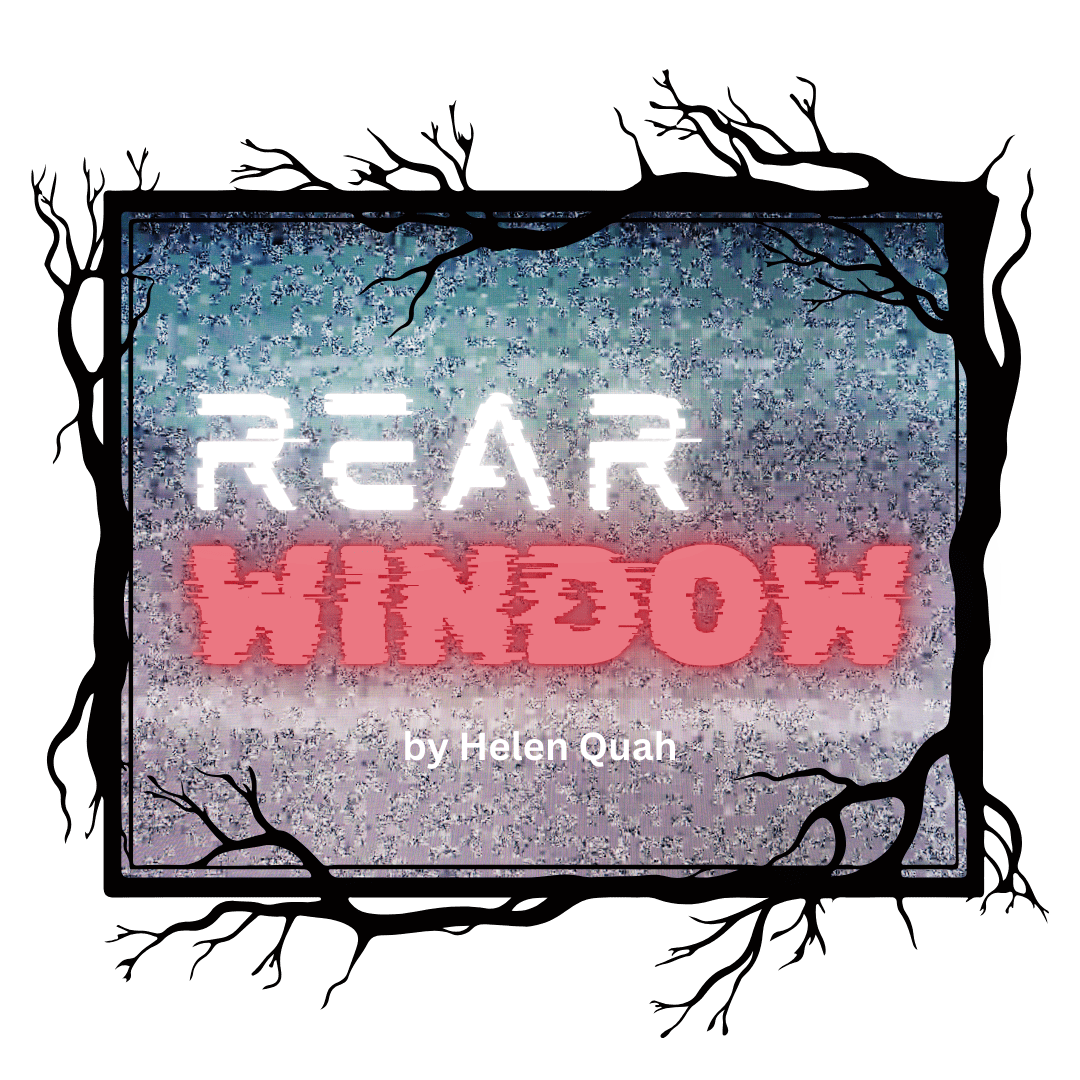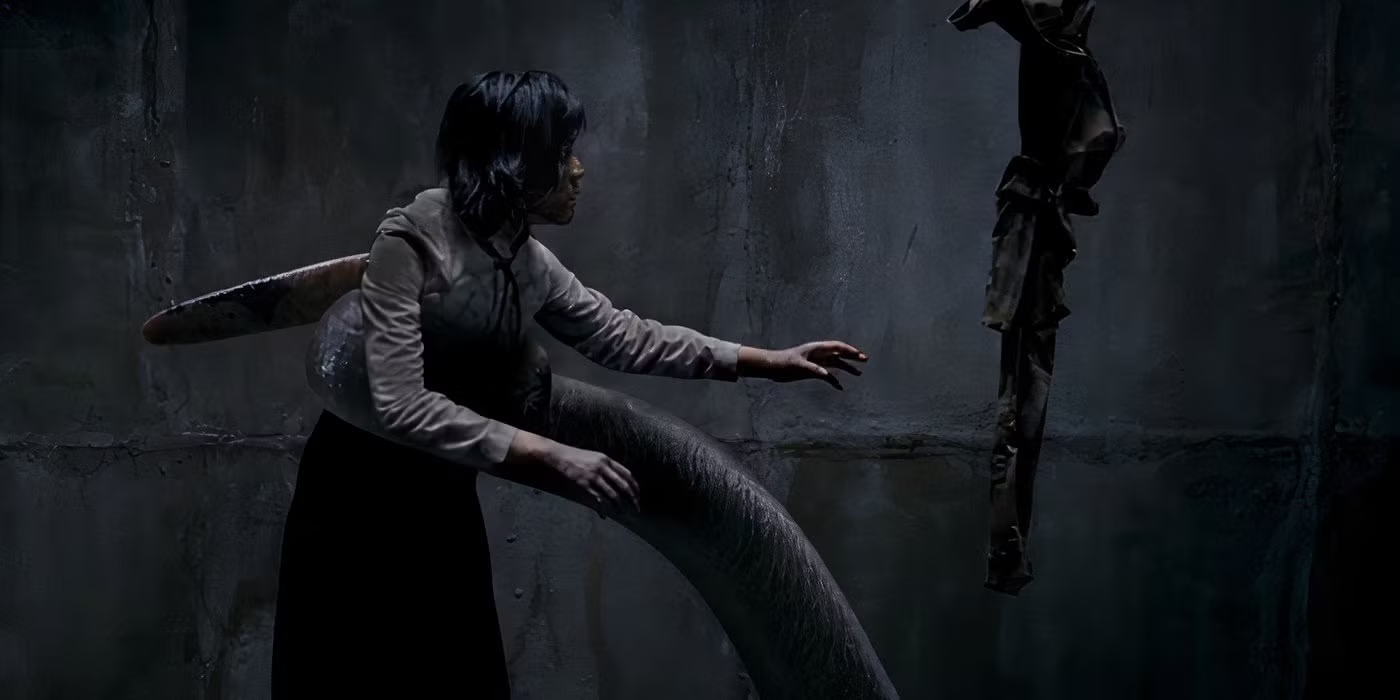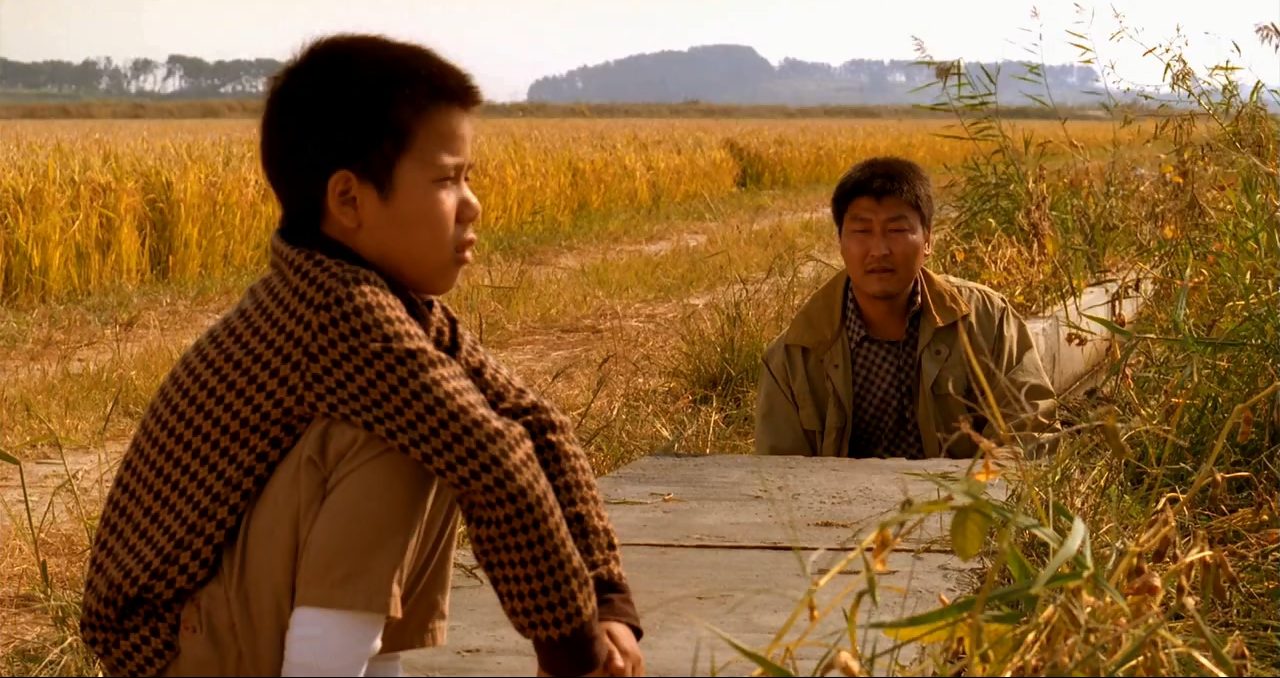
“I wanted to insult the genre conventions, by bringing [them] into a Korean narrative, I wanted to break those conventions and get the pleasure of destroying them…” — Bong Joon-Ho
A couple of weeks ago, I got to watch the film The Host for the first time on the big screen, a film from 2006 directed by Bong Joon-Ho, better-known for his later work Snowpiercer, Okta, and Parasite. The Host / 괴물 Gwoemul (Monster in Korean), is a story that unfolds around a creature that lives in the Han river. A long-tailed low-def whale-sized monster that can run, swim, and even swing from the underbelly of the bridge with its gigantic tail. In the opening scene of the film, we learn the monster is the consequence of the US ordered disposal of litres of formaldehyde in an unknown lab in the city. The story revolves around one family and in particular a father’s search for his young daughter, who is taken by the monster, later discovered to be alive somewhere in the city’s sewage system.

Bong Joon-Ho’s The Host (2006)
I was thinking about Bong Joon-Ho’s films and the question of genre. Are they indeed simply horror films or something more? There are plenty of monster chases and violent deaths to meet the tropes of horror as well as tragic-comic moments, but why set his films, often inherently political stories, within the genre of horror? And how can horror get at the political in comparison to other genres? Political in the sense the drama almost always revolves in the dimensions of family life moving out to consider the wider context of state. In this case the plot of The Host harks back to a very real incident in February 2000 where 20 gallons of formaldehyde were dumped by the US army into the Han river in Seoul, a main source of drinking water for 12 million Korean citizens.
Reading the work of contemporary Korean poets such as Kim Hyesoon and Kim Yideum we have a parallel vision of surreal horror to Bong Joon-Ho’s. Their poetry brings about both laughter, terror, and often a sense of the uncanny – deriving from the old Scots word relating to the occult/ malicious, literally ‘not pleasant/canny’. In Kim Hyesoon’s poem ‘Rat’, the first poem in her collection Poor Love Machine, the reader enters the scene with a scream that disperses:
“Enter the inside of the sunny morning, and it seems as if the scream can always be heard. It’s so loud that its inaudible to us. The scream let out by last night’s darkness. This morning the whitish scream suddenly disperses then gathers in the air—ah, ah, ah, ah!”
What is inside and outside becomes seemingly more illusive. We can get inside of the morning, we can hear a scream that is so loud we can’t perceive it.
“Then I asked everyone I met: Have you ever turned on the light inside your intestine? The darkness with a fluid mass moving through it endlessly—is this my essence?”
Images of the fleshiness of the stomach and peristaltic gut give us the flashes of gore as well as the immediate disruption of the senses. We are in a scream, then inside of the gut, the horror plays out in terms of inverted borders as well as a optical movement of scale, much like the stuff of children’s nightmares.
The silenced scream reoccurs in her poem ‘Eurydice Trapped in Print’ from A Drink of Red Mirror where Eurydice is unable to make any noise:
‘After waking from sleep a cry escapes the prison of my throat but my lips are frozen shut No scream falls from my lips’, the speaker even calls out for help, ‘Help my Mr Mortician!’
The experience of a sleep paralysis recurs, the women are unable to wake from their night terrors and we the reader are also subjected to the experience of endless violence and terror of being silenced.
Similarly in Kim Yideum’s ‘Metamorphosis’ poem from her collection Hysteria, we are met with images of the quintessential horror genre ‘of course it’ll hurt to grind my bones with saw’ as well as the transformation of the body contorting ‘I make my long neck longer and go inside. I lie down.’ The female speaker berates her body and the exaggeration of the vulgar infects her transformation. There is a parallel between the psychological state of terror and revelation of horror in their work. Pleasure and fascination with the revealed body and the internal alongside the external, which feels prescient to the genre. Kim Hyesoon explains:
‘Women who have disappeared by violence are howling. The voices of disappeared women are echoing. I sing with these voices….I also came to grotesque language in the patriarchal culture under the dictatorship. The body that was broken into pieces is a sick body. I put the disease of this world and my sick body together. The grotesque in my poems is the motion I use to put myself and the grotesque world together. So the miserable images I use in my poems are the same as the letters I send into the miserable world.”
Arguably horror allows what Ruth Williams described as inhabiting ‘the female grotesque’, both writers tap into the unacceptable ugliness of the female body in society, that bleeds, vomits, secretes in order to subvert cultural norms and to elaborate on the horror movie itself, how the bodies of women are largely passive expressions of male/state violence. Horror creates the perfect system to see these contortions in action.
In an interview at the British Film Institute following the release of Parasite, Bong Joon-Ho describes how conscious he was of the transmutation of the Western horror genre when seen through a Korean lens:
“I wanted to insult the genre conventions, by bringing [them] into a Korean narrative, I wanted to break those conventions and get the pleasure of destroying them…if you bring them to Korea the conventions start to malfunction, humour and fracture, both political and family satire.”
He goes on to use an example of wanting the audience to see the whole image of the beast, tail and all, in the first few minutes of the film. Thus defying the Western horror convention, where the monster is often alluded to but never seen. Instead he wants us to see the fullness of the creature in broad daylight, inspired by watching Hitchcock in his early childhood. He remembers this for the climactic scenes in Memories of Murder and Parasite. I think this is a great analogy for the work of Kim Hyesoon and Kim Yideum. A starkness of vulgarity seen out in the midday sun, challenging the traditional lyricism with a new language as Kim Hyesoon puts it, one of speaking ‘with a bare body.’

Bong Joon-Ho’s Memories of Murder (2003)
The key difference with Bong Joon-Ho’s work is perhaps is that these poets use horror as a feminist act. To make guttural the pain of women who have suffered and the continuum of female suffering in Korean society. Notably The Host has only one female character and the matriarch of the family is absent. In Memories of Murder we witness the bodies of women and a school girl arbitrarily killed by a murderer based on his whims, the playing of a song when it starts to rain, a red coat. Women’s bodies are both equalised and again only serve as demonstrations of male violence and the failures of men to protect ‘their’ women.
Kim Hyesoon and Kim Yideum seem to go further in their horror landscapes. Their grotesque is not that of Hitchcock ambushing a woman in the shower after voyeuristically watching her through the wall, it is the horror from the perspective of the woman, often the cut up, psychologically burdened- woman. The male voice exists but is eviscerated from its body too, as in Kim Yideum’s poem ‘Women on the Verge of a Nervous Breakdown’:
‘Your voice is entirely different than normal. Its either a shriek or a scream. Please shut your mouth. Lets make love. You smell so nice…It only takes an instant for a declaration of love to shatter paradise.’
Indeed the horror of Kim Hyesoon and Kim Yideum exists not from the position of Bong Joon-Ho’s detective solving a murder, or the father haphazardly searching for his daughter, but as the girl herself howling from the bottom of the sewer.
Helen Quah is a British poet and doctor who has lived and worked in London for the last ten years. Interested in the surreal, political and genre-shifting poetry of writers such as Kim Hyesoon, Bhanu Kapil and Don Mee Choi, her own work has appeared in British publications such as The Rialto, Magma, and The Poetry Review. She is a 2023 Eric Gregory Award recipient for her debut chapbook Dog Woman, which was published in June 2022 with Out-Spoken Press, inspired by the work of Portuguese painter Paula Rego. She is an Assistant Editor of Action Books.